Contents
Landmarks
Print Page List
Acknowledgments
No journey is just one foot in front of the other. There are the moments when you get lost, when you trip over your own feet and cannot find the trail markers. None of us walks a path alone. We have help along the way. I would like to thank those whose paths crossed mine and who gave me a hand when they could.
Like Susan, who put this idea together and then somehow did not call me every day in sheer perplexity over what I had written on the page, and instead was kind, excited, and patient.
I would like to thank my parents, who will come and find me no matter how many times my car breaks down. They encourage me to see what is out there while always welcoming me home.
Nothing would be complete without thanking my brothers, who are somehow still around and pick up when I call.
But this book would not have been made if it were not for those who walked with me on my journey in the outdoors, those who opened their arms and hearts and answered every question I could ever have about gear and knots. Thank you to Zachary and Brendan, who encouraged me and became my brothers when I knew nothing. Thank you to all who have ever lived at Lane (including Mckenna and Stevo), those who lived there before me for setting things into place and showing nothing but support and kindness, and those who lived at Lane with me. Through the ups and downs, the moments of stress and laughs, you taught me more about myself and the outdoors in one year than I thought possible, and I thank you. Thank you to Cody, who has lived in some of the strangest situations with me and yet keeps hanging out with me, and Kayleigh, who has the patience and empathy of a saint. I ask myself what you would do in at least one situation a day. Thank you to those who I did not name but still hold all the love and respect forthose who taught me everything about this big crazy world and the outdoor industry.
About the Author
Samantha Lewis has worked in outdoor education since 2015 in New Zealand, Colorado, China, and Massachusetts. She was most recently a lead preschool teacher at an outdoor preschool in Massachusetts. Samantha lives in New England, where she loves to hear the crunch of leaves in the fall, go skiing in the winter, smell the flowers in the spring, and swim in the ocean during the summer. But mostly she is always up for a new adventure.
From board books to reads for teens,  helps raise lifelong readers by celebrating the countless adventures and moments of connection that books can offer. We take pride in working with a diverse group of contributors, authors, and partners who provide a multitude of ways to cultivate a love of books and reading in children of all ages.
helps raise lifelong readers by celebrating the countless adventures and moments of connection that books can offer. We take pride in working with a diverse group of contributors, authors, and partners who provide a multitude of ways to cultivate a love of books and reading in children of all ages.
Thank you for coming on this adventure with us! A Brightly Book is expertly designed to provide young readers with a fun, age-appropriate, and hands-on learning experience. We hope you and your little ones enjoy this book as much as we do.
Happy Reading!
See all that Brightly has to offer at readbrightly.com.
Learn and Grow with Nature
Its not hard to see how tall a tree has grown, to look up and notice how the branches touch the skybut what you dont see are the roots, the way they intertwine, digging ever deeper into the ground to get more nutrients out of the soil. Humans are the same. You can see our bodies but not how we develop and grow. Our limbs can reach to the sky, too, and our roots also look for nutrients. According to the Centers for Disease Control and Prevention (CDC), child growth and developmenttheir rootscan be placed into four categories: movement and physical development, cognitive development, communication and language development, and social-emotional development. Spending time outdoors helps develop all these characteristics, sometimes in surprising ways.
When people think of the outdoors they mostly think of physical movement and, through that, physical development. Children can work on their physical development by walking, running, climbing, and even just holding on to objects. Nature allows children to walk over uneven ground, helping them develop a skill they would not be able to indoors. Holding a stick and hitting it against a rock helps them strengthen the muscles in their hands that they will use to hold a pencil when theyre ready for school, ultimately helping them develop their handwriting skills.
Cognitive development is all about how we think, perceive, reason, and remember the world around us. This is the area of development where your child develops their information processing, language, memory, and reasoning skills. Many children learn how to process the world they are experiencing through play. Allowing your child to play outdoors helps them learn about other people and the world, and work on reasoning and information-processing skills. Learning the names of plants and animals helps with their language skills and memory. The world is a big place, and theres a lot to learn!
Communication and language are so much more than talking to one another. They are how humans interact and understand meaning. Nothing a human does that involves another human can be successful without effective communication. Going outdoors to develop communication and language skills doesnt always look like going outside and talking to trees. Most of the time, going outdoors is not an individual activity. You go on hikes together, play games together, swim in the ocean together. The outdoors is a space where you need to talk in order to move forward. You discuss which trail to take, ask questions about the trees, and talk about what you brought with you. According to the CDC, two-year-olds should be able to follow simple instructions and five-year-olds should be able to tell a simple story using full sentences. Spending time outdoors together helps your child learn these skills and hit important developmental milestones.
One of the things I love about learning is that it never ends. This is especially true for social-emotional learning. Social-emotional learning is the area where we learn to create and retain positive relationships, make responsible decisions, gain the skills to recognize and manage emotions, and so much more. The CDC lists many milestones for social-emotional learning, including the ability to play alongside other children at age two, and beginning to play with other children as well, including games of chase. The CDC says five-year-olds are more likely to argue with rulesan important part of social-emotional learning. Some aspects of social-emotional learning, like testing boundaries, may give parents a headache, but they are important parts of child development.
Learning these skills in the outdoors allows for freedom to learn. Nature is a physical space designed for running, jumping, observing, reasoning, communicating, managing emotions, and pushing boundaries. It is a space that allows children to develop skills in a place that gives them a deeper understanding of the greater world and gets them excited about whats around them. Its an inspiring opportunity to see the world far beyond the four walls we live in.

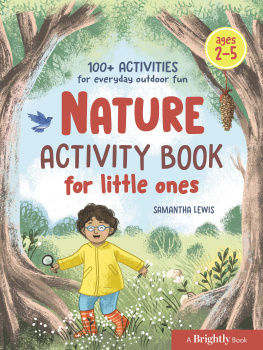
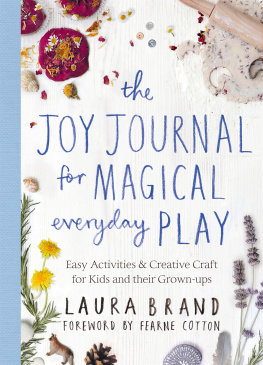
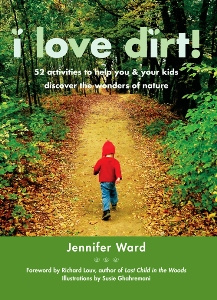
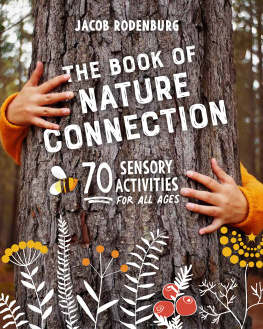
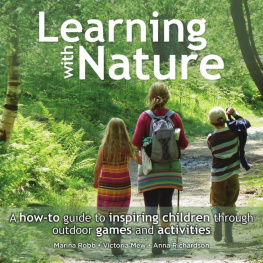
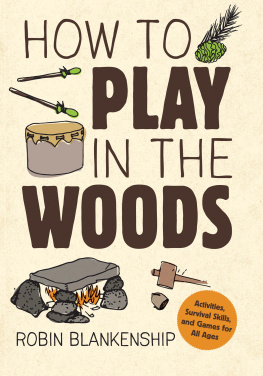
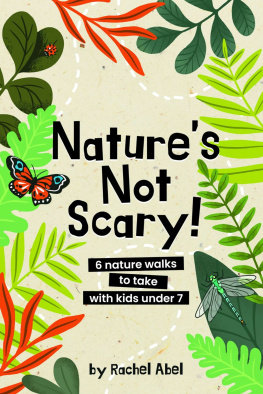
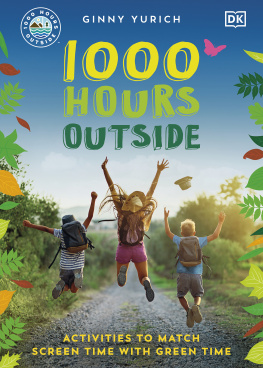
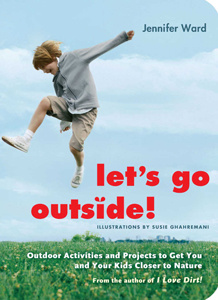
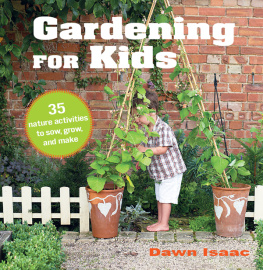
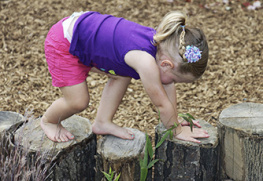

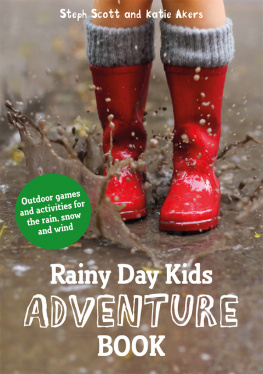
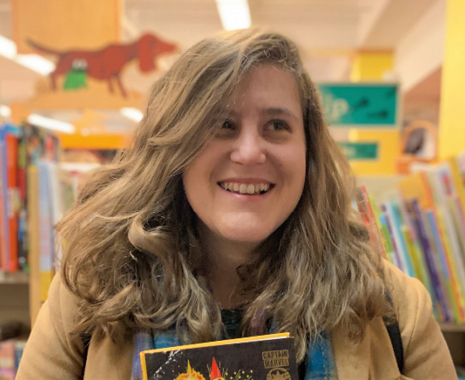
 helps raise lifelong readers by celebrating the countless adventures and moments of connection that books can offer. We take pride in working with a diverse group of contributors, authors, and partners who provide a multitude of ways to cultivate a love of books and reading in children of all ages.
helps raise lifelong readers by celebrating the countless adventures and moments of connection that books can offer. We take pride in working with a diverse group of contributors, authors, and partners who provide a multitude of ways to cultivate a love of books and reading in children of all ages.
